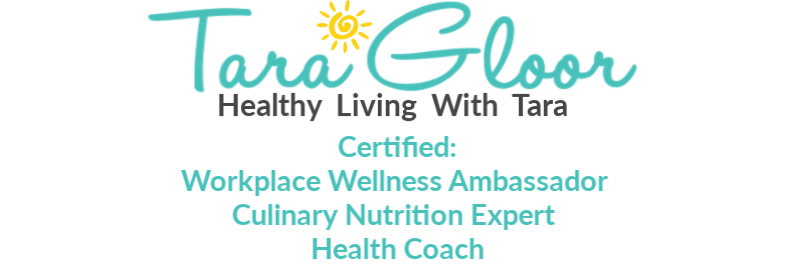
Internal Fat – What it is, and why it matters
Why Your Waist Circumference Matters 100x More Than What You Weigh
It can be too easy to think (or worry) about your weight.
But you know what? There is something else that may be more important when it comes to real health. That is your waist circumference.
That internal fat (AKA “visceral fat”) is known to release hormones and inflammatory compounds that can mess with your blood sugar, blood fats (i.e. triglycerides), and blood pressure.
What you weigh does matter but only to a certain extent.
Let’s look at your waist circumference….
Waist Circumference (AKA “Belly Fat”):
Do you remember the fruity body shape descriptions being like an “apple” or a “pear”? The apple is round around the middle and the pear is rounder around the hips/thighs.
THAT is what we’re talking about here.
Do you know which shape is associated with a higher risk of sleep apnea, blood sugar issues (e.g. insulin resistance and diabetes) and heart issues (high blood pressure, blood fat, and arterial diseases)?
The apple!
And it’s not because of the subcutaneous (under the skin) fat that you may refer to as a “muffin top”. The health risk is actually due to the fat inside the abdomen covering the liver, intestines and other organs there.
This internal fat is called “visceral fat” and that’s where a lot of the problem actually is. It’s this “un-pinchable” fat.
The reason the visceral fat can be a health issue is because it releases fatty acids, inflammatory compounds, and hormones that can negatively affect your blood fats, blood sugars, and blood pressure.
And the apple-shaped people tend to have a lot more of this hidden visceral fat than the pear-shaped people do.
So as you can see where your fat is stored is more important that how much you weigh.
Am I an apple or a pear?
It’s pretty simple to find out if you’re in the higher risk category or not. The easiest way is to just measure your waist circumference with a measuring tape. You can do it right now.
Women, if your waist is 35” or more you could be considered to have “abdominal obesity” and be in the higher risk category. Pregnant ladies are exempt, of course.
For men the number is 40”.
Of course this isn’t a diagnostic tool. There are lots of risk factors for chronic diseases. Waist circumference is just one of them.
If you have concerns definitely see your doctor.
Tips for helping reduce some belly fat:
- Eat more fiber. Fiber can help reduce belly fat in a few ways. First of all it helps you feel full and also helps to reduce the amount of calories you absorb from your food. Some examples of high-fiber foods are Brussels sprouts, flax and chia seeds, avocado, and blackberries.
- Add more protein to your day. Protein reduces your appetite and makes you feel fuller longer. It also has a high TEF (thermic effect of food) compared with fats and carbs and ensures you have enough of the amino acid building blocks for your muscles.
- Say goodbye to added sugars. This means ditch the processed sweetened foods especially those sweet drinks (even 100% pure juice).
- Move more. Get some aerobic exercise. Lift some weights. Walk and take the stairs. It all adds up.
- Stress less. I know this is a tough one. Elevated levels in the stress hormone cortisol have been shown to increase appetite and drive abdominal fat.
- Get more sleep. Try making this a priority and seeing how much better you feel (and look).
My final tip: Release any guilt you may have about your body shape. We are all born with a genetic propensity to have a body shape. Full-figured, pear-shaped women will never have slender thighs, and apple-shaped women will never have some hourglass shape or washboard abs … it is simply not possible, no matter how much you exercise or diet.
Try to follow some of the actionable tips to help reduce your ‘visceral’ fat. Remember, baby steps, every little change helps.
Keep well and thanks for reading.







